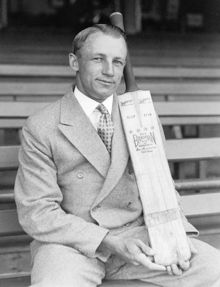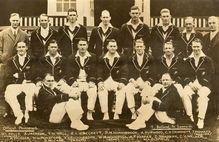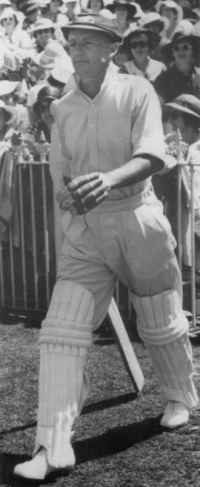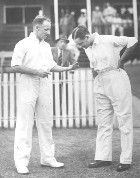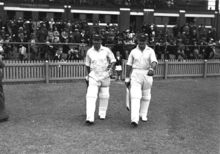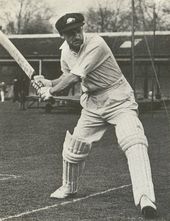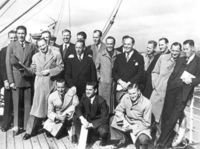 Madonna (Madonna Louise Ciccone Ritchie, born 16.8.1958)
Madonna (Madonna Louise Ciccone Ritchie, born 16.8.1958)Madonna is an American, award winning songwriter and pop singer. She is also an award-winning actress.
Madonna: Childhood
Madonna's father, Silvio Ciccone was an Italian-American. He worked as a design engineer for Chrysler/General Motors. Her mother, Madonna Louise, was of French-Canadian heritage. The third of six children, Madonna was raised as a Catholic, in the Detroit suburbs of Pontiac and Avon Township.
When Madonna was five, her mother died of breast cancer and father went on to marry their housekeeper, with whom he fathered another two children.
At high school, Madonna was a straight-A student as well as a member of the school cheerleading squad. She took dance classes from a young age and eventually earned a dance scholarship for the University of Michigan
Madonna: Music and Film Career

Madonna moved to New York to pursue a dancing career in 1977. She formed her first band, The Breakfast Club, with then-boyfriend Dan Gilroy. She sang and played guitar and drums in the band. Her second band, Emmy, with another boyfriend, Stephen Bray, brought her attention in New York's dance clubs. One local DJ was so impressed with her dance recording demo tapes that he passed them on to Seymour Stein, the infamous founder of Sire Records.
Stein signed Madonna to a singles deal. Her first release, in 1982, was 'Everybody'. The track reached number three in theBillboard Hot Dance/Club chart, as did its follow-up 'Burning Up', the next year. The success of the singles convinced Stein to finance a full-length album. Madonna, released in 1983, was also a success, peaking at number eight on the US album chart.
The follow-up album, Like A Virgin, became Madonna's first US number one album. Her popularity drew a massive wave of look-alikes, with girls bleaching their hair and wearing fishnet tights, to copy Madonna's style. The title track from the album was also a number one success, this time on the mainstream Billboard Hot 100 chart. Madonna performed the song 'Like A Virgin' at the first ever MTV Video Awards. She performed the song on top of a giant wedding cake.
Madonna's second number one single and first Grammy Award nomination came with 1985's 'Crazy For You'. The song was from the Vision Quest soundtrack. The film featured Madonna in a small role, playing a club singer. Later that year, she starred in Desperately Seeking Susan. 'Into The Groove', from the film's soundtrack, became Madonna's first UK number one. Later that year, Madonna undertook her first US concert tour, with rap group The Beastie Boys.
In 1986, Madonna released True Blue. The album spawned five hit singles, including 'Live To Tell', 'Papa Don't Preach' and 'Open Your Heart', which all reached number one in the US. The next year. Madonna contributed four songs to the soundtrack to Who's That Girl?, another film featuring the singer in a lead role. At the time, Madonna's 'Who's That Girl?' World Tour was the highest-grossing tour in music history. Pope John Paul II encouraged fans to boycott her Italian performances.
Like a Prayer, Madonna's fourth studio album, was released in 1989 and featured Prince playing guitar on two songs. The album reached number one on the Billboard Hot 100.
The next year, Madonna starred in Dick Tracy and again, was featured on the soundtrack, which reflected the 1930's setting of the film. The album, I'm Breathless, sold over seven million copies worldwide. Later on in 1990, Madonna embarked on the 'Blond Ambition World Tour', which found her critcised for her dance routine during 'Like A Virgin', in which she simulated masturbation. In November of the same year, her first greatest hits collection was released: The Immaculate Collection. 'Rescue Me', one of two new songs on the compilation, became the highest-debuting single by a female artist on the Billboard Hot 100. The video for the other new track, 'Justify My Love', was banned from MTV for its explicitly sexual overtones. The single became her ninth number one.

Continuing her chart domination, Madonna's next single, in 1992, was her tenth number one. 'This Used To Be My Playground' was taken from the soundtrack to her latest venture, A League Of Their Own. That same year, Madonna set up Maverick Records and released the book SEX, a publication of explicit photographs of Madonna by Steven Meisel. The accompanying album was entitled Erotica. The single of the same name became the highest-debuting single in US history. Madonna's next two films were not brilliantly received, either publicly or by critics. Body of Evidence contained a number of S&M scenes and Dangerous Game was denied a theatrical release. Her overtly sexual image continued and Orthodox Jews protested against her first Israel concert. Her critics were not appeased when she removed her underwear on the Late Show with David Letterman in 1994.
Madonna's sixth studio album was entitled Bedtime Stories, produced by Dallas Austin and nominated for a Grammy award for Best Pop Vocal Album. The title track was co-written by Icelandic pop star Björk and 'Take A Bow' stayed at number one for seven weeks.
In 1996, Madonna returned to acting and starred in Evita, playing the role of Eva Perón. The soundtrack became her 12th platinum album. 'You Must Love Me', from the film, won both and Academy Award and a Golden Globe for Best Original Song from a Motion Picture. She also won a Best Actress Golden Globe for her performance.
The next year, Madonna's album Ray of Light was released. Produced by William Orbit, the album won three Grammy Awards. She also released 'Beautiful Stranger', again with Orbit at the helm, for the soundtrack to Austin Powers: The Spy Who Shagged Me. In 2000, Madonna covered Don McLean's 'American Pie' for the soundtrack to her film The Next Best Thing. The follow up to Ray of Light saw Madonna continuing the electronic sound she had developed with William Orbit. Music went to number one in both the UK and US album charts. Her international success began to falter in 2002 when she starred in Swept Away, directed by her ex-husband Guy Ritchie. The film was a failure and failed to obtain a theatre release in Europe. Her song 'Die Another Day', for the 20th James Bond theme earned her both a 'Best Original Song' nomination at the Grammys and a 'Worst Song' Golden Raspberry nomination.
American Life was the title of Madonna's ninth studio album, released in 2003. It was the lowest-selling album of her career, despite selling over four million copies. At that year's MTV Video Music Awards, Madonna courted more controversy by sharing a kiss with both Christina Aguilera and Britney Spears during their onstage performance. Her 'Re-Invention World Tour was the largest-grossing tour of 2004, and earned $125 million.
Confessions on a Dancefloor, released in 2005, sold over 8 million copies. Madonna opened the 2006 Grammy awards with a performance of 'Hung Up.' It's follow-up, 'Sorry', made her the female artist with the highest number of number one singles in the UK. The 'Confessions' tour was the highest-grossing tour ever for a female artist.
2007 saw Madonna leaving Warner Bros. and signing a new 10-year contract with Live Nation. The contract is reported to be worth $120 million and covers merchandise, albums and promotion. Her Warner Bros. obligations were completed with the 2008 release of Hard Candy, which features contributions from Timbaland, Pharrell Williams and Justin Timberlake. In December 2007, Timberlake inducted Madonna to the Rock and Roll Hall of Fame.
Madonna: Personal Life

Madonna has had a number of high-profile relationships with men in the entertainment industry. Most notably, she has dated artist Jean-Michel Basquiat, musician Jellybean Benitez, actor Warren Beatty, rapper Vanilla Ice and basketball player Dennis Rodman.
In 1985, Madonna married Sean Penn, whom she had met on the set for the 'Material Girl' video. The couple was officially divorced in 1989.
Madonna met Carlos Leon whilst walking in Central Park. They began dating and Madonna gave birth to their daughter Lourdes Maria Ciccone Leon on 14.10.1996. The relationship ended in 1997. Two years later, she met Guy Ritchie and gave birth to their son, Rocco John Ritchie. The pair married in Scotland in 2000.
In 2006, Madonna adopted a Malawian child, David Banda. The adoption caused outrage in some quarters as the adoption was not deemed to be legal and it was thought that Madonna had received special treatment due to her international profile.
On 15 December 2008 a spokeperson for Madonna announced that Guy Ritchie and Madonna were to divorce and had agreed a divorce settlement.

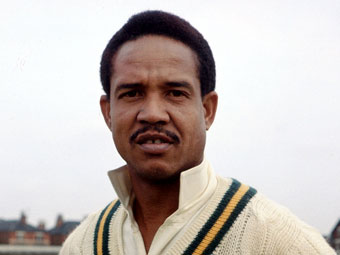

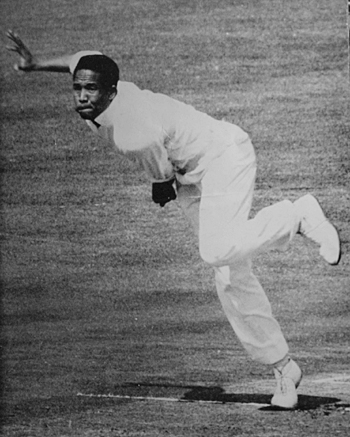
 Healthy lifestyle is a term given to a group of habits like healthy eating, being physically active, leading a smoke free and stress free life. Our motherland India is predicted to become the diabetic and cardiovascular disease capital of the world.
Healthy lifestyle is a term given to a group of habits like healthy eating, being physically active, leading a smoke free and stress free life. Our motherland India is predicted to become the diabetic and cardiovascular disease capital of the world.

